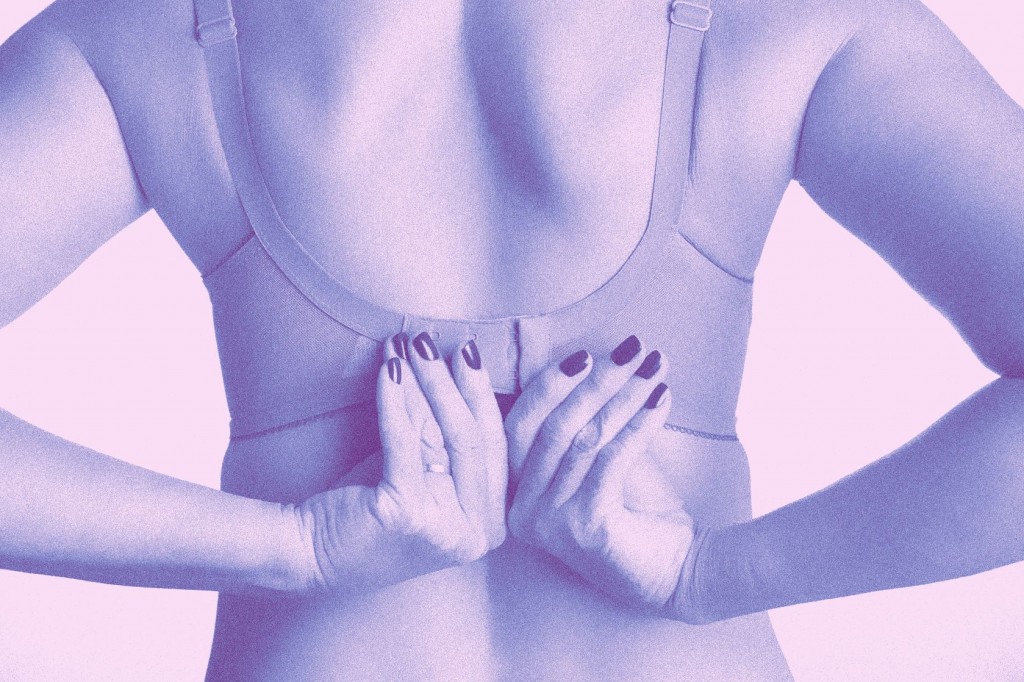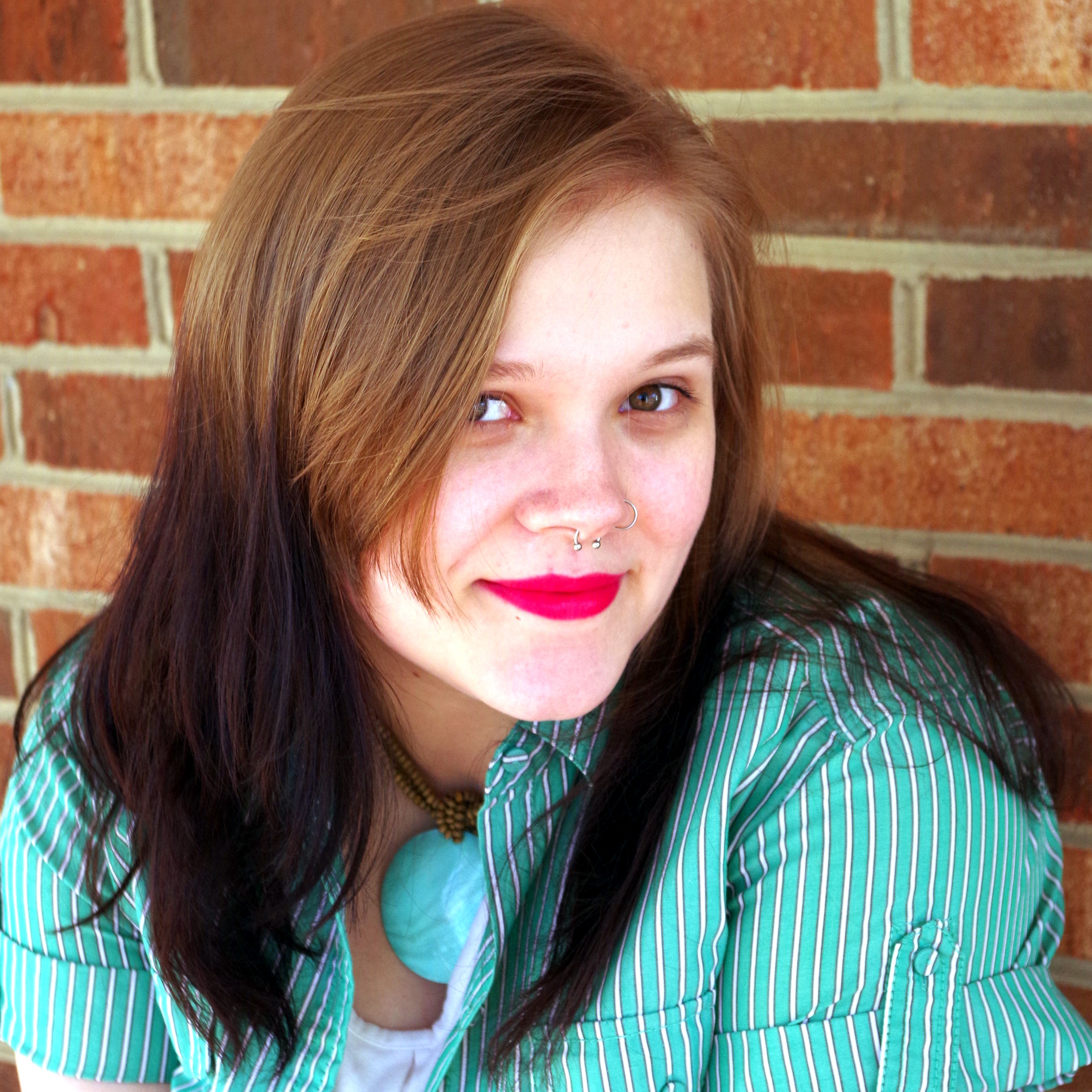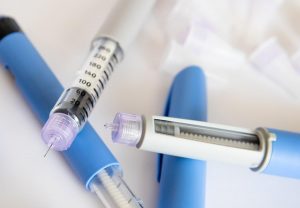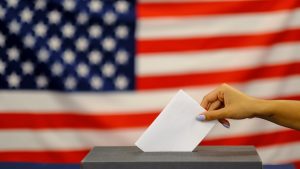IT’S NATIONAL NO-BRA DAY.
Haven’t heard of it? Well, you’re not alone. It isn’t the most glamorous holiday — that goes to Paris Fashion Week, obvs — but it’s a great time to talk about that big pink monster in the closet, so listen up. We’re going to talk about breast cancer.
Breast cancer (hereafter referred to as BC) is the second-leading cause of cancer deaths among women; there is a 1 in 36 chance that a woman will die from it. The American Cancer Society estimates that more than 40,000 women will die from BC in 2015. Over the course of her life, 1 in 8 women in the United States will be diagnosed with BC.
BC awareness is a relatively new phenomenon. In the first half of the 20th century, the sexualization of breasts in the West — and the indelicacy of cancer — made talking openly about BC impossible. In the 1950s, Fanny Rosenow, a survivor and activist who wanted to place an advertisement for a support group in The New York Times was told to place an ad for “women with chest diseases” instead, as the newspaper could not print the words breast and cancer.
By the 1970s, however, celebrity voices — including Shirley Temple Black and Betty Ford — were speaking out about their diagnoses and treatments. Mastectomies were discussed. Second-wave feminists refused to be silent about a preventable disease that was killing thousands of women every year. The 1980s gave birth to the Susan G. Komen Foundation and Breast Cancer Awareness Month.
Which brings us to today. Breast cancer awareness (BCA) is everywhere. My local news station airs special broadcasts each month to remind women to perform self-exams. Campaigns to save women’s breasts from cancer are ubiquitous, from the pinkwashing of yogurts and beer koozies to the Walk for the Cure commercials.
But, in spite of all our efforts, and the untold amounts of money drawn in due to pinkwashing, there have been few major developments in BC treatments. Women continue to die by the thousands, while BCA has become more of a money-making venture than an opportunity to fund research and prevent a disease that kills so many every year.
What’s more, many of the more prominent BCA campaigns in recent memory have focused on breasts, not the women behind them. Problematic slogans like “Save the Tatas” and “I Love Boobies” abound. Although the hope — and, hopefully, the intention behind these campaigns — is to say that mastectomies should be a thing of the past by this point, the fact is that they aren’t. When thousands, if not millions, of women are living after lumpectomies and mastectomies, sending a message that prioritizes whole, untouched breasts as the be-all, end-all is tone deaf, at best.
But what does all of this have to do with National No-Bra Day?
National No-Bra Day isn’t actually a BCA campaign. Its origins are foggy, and no one can really say what the holiday’s intention is. In a tone that screams frat-boy, copy from the National No-Bra Day announcement page on awarenessdays.com reads: “Ladies… Wearing a white t-shirt on this day is not only acceptable, but encouraged!”
So, perhaps, National No-Bra Day is all about giving horndogs a chance to spot the nipples behind your sweater — despite the fact that most people don’t seem to notice such things — but it’s entirely possible to spin it into a BCA campaign that is truly about awareness.
I won’t hesitate to say that most women in the West wear bras. This particular undergarment is a shared experience, from the first training bra to the feeling of relief when you get your bra off once you’re home for the night. They aren’t comfortable, but they’re seen as a necessary article. Pervasive myths dictate that bra-wearing combats sagging, and bucking tradition — particularly in a work environment — often results in harassment.
As someone who only recently began dabbling in going braless in public, let me say: participating in National No-Bra Day will make you more aware of your breasts. They’ll move more, and — if temperatures are still high enough in your area — boob sweat may become more uncomfortable than usual. You’re going to feel the cloth of your shirt rubbing against your nipples, and your seat belt and purse strap will almost certainly sit differently across your chest.
But you won’t be worried about an awkward adjustment in the middle of the day, or the unique discomfort of having a stray hair caught in your bra band. Instead, you’ll be acutely aware of how your breasts act in a natural environment, and you’ll find it difficult not to touch them, at some point or other; I mean, they’re there, more than they ever are when they’re strapped into your Warner’s. Breast self-check, anyone?
This is BCA. Not pink shoes and ribbon pins, but women identifying what their breasts represent — both personally and publicly — and riding that awareness wherever it leads.







-300x169.jpg)


-300x221.jpg)






